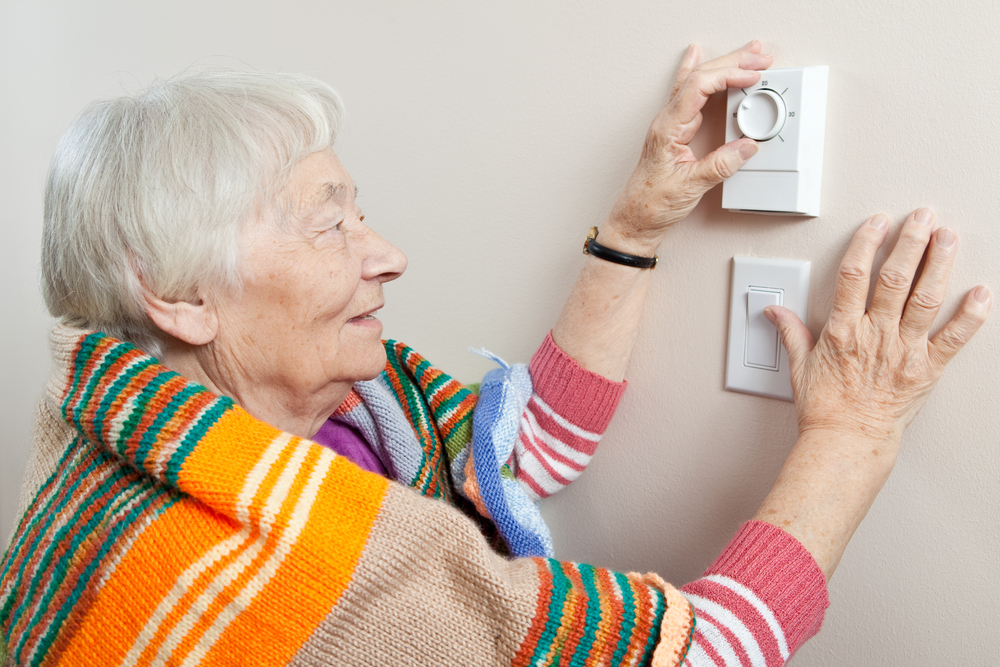
The service also learns the “unique heating and cooling patterns of a home and makes “automatic and incremental adjustments.”
“Over time, the system adapts to user inputs to help reduce energy while keeping the home comfortable,” the company said in a statement.
AI Weekly
The must-read newsletter for AI and Big Data industry written by Khari Johnson, Kyle Wiggers, and Seth Colaner.
Included with VentureBeat Insider and VentureBeat VIP memberships.
Comcast released Xfinity Home in 2010 offering wireless sensors on windows, doors, and digital thermostats so they could adjusted from a the web or a mobile device. Now the system includes video monitoring, lighting and motion detectors, keychain remotes, water and glass break sensors, smoke and carbon monoxide detectors and owners automatically receive real-time text and email alerts when something is amiss. This technology is used for safety and security purposes, but also to track and reduce unnecessary energy consumption.
Mobile devices and the decreasing costs of hardware have created significant opportunities in this area. Connected homes are a hot topic right now as startups and large corporations alike are building technology to make homes more secure and energy-efficient, and consumers are willing to pay for them. AT&T and Verizon also offer competitive home automation services and Nest Labs raised a hefty $80 million round at an $800 million valuation earlier this year for its smart thermostat.
Photo Credit: Shutterstock
VentureBeat's mission is to be a digital town square for technical decision-makers to gain knowledge about transformative enterprise technology and transact. Learn More
